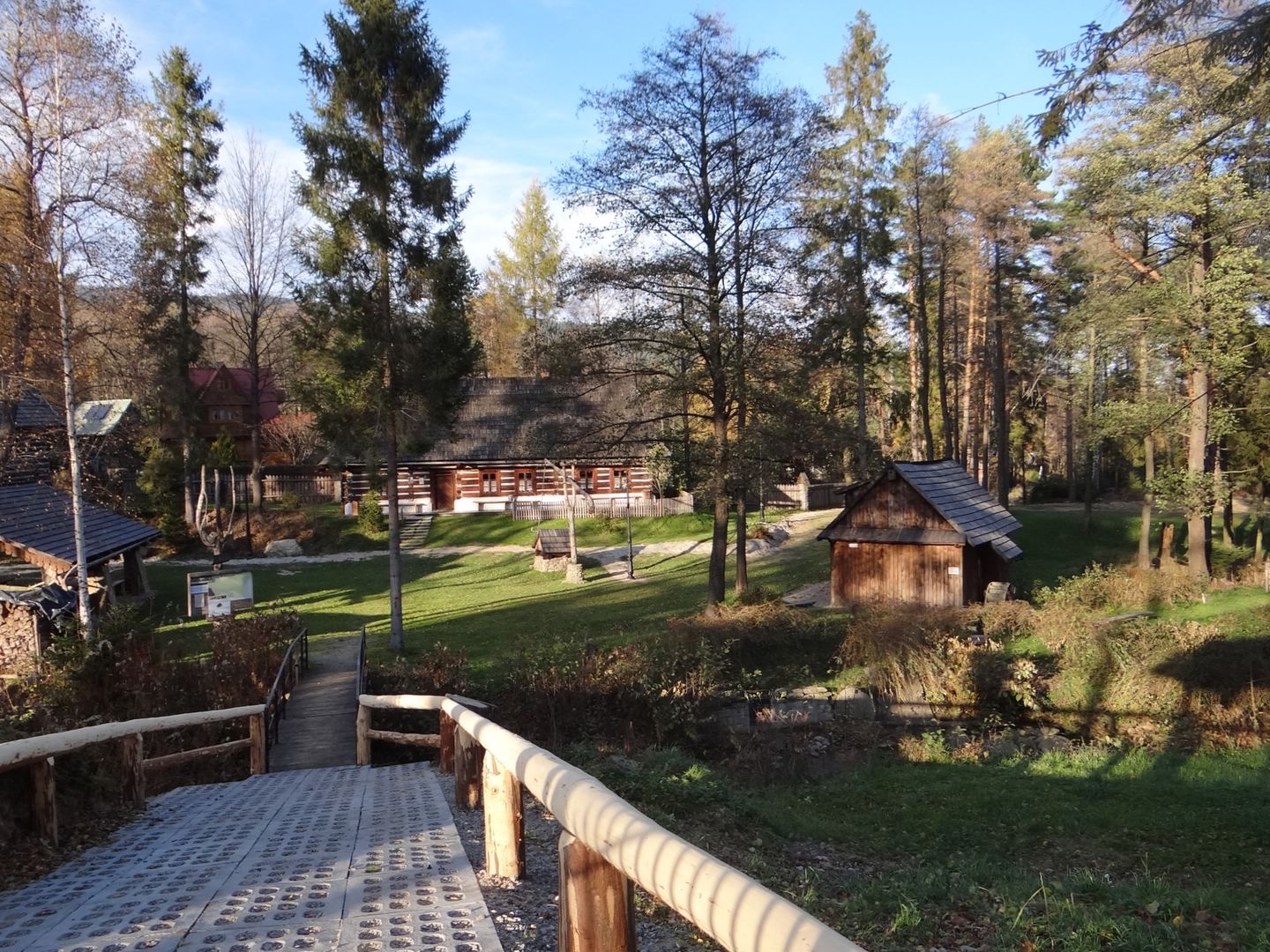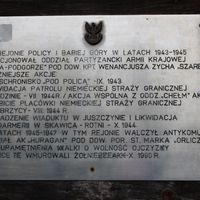Sidzina
7.68

Overview
Sidzina is a village in the Lesser Poland Voivodeship, in the Suski County, known for its rich climatic and landscape values, which attract tourists and summer visitors. The main tourist attractions include the Children's Holiday Home No. 2 and the PTTK Shelter on Hala Krupowa. The village is surrounded by magnificent oaks, the oldest of which is about 500 years old. Sidzina boasts diverse tourist trails that lead through the picturesque areas of the Żywiec Beskids, including Polica (1369 m above sea level), the highest peak in the region. The history of the village dates back to 1563 when it received its founding privilege, then known as Miłoszowa. From the beginning, it was under royal administration, and its first village leader was Maciej Gorel, who brought in settlers. In the 18th century, after the First Partition, Sidzina came under Austrian rule, which brought reforms that improved the situation of the peasants. In the 19th century, the village developed thanks to the timber industry and mass emigration to America, and after the war – thanks to the operation of sawmills. The culture of Sidzina, since the establishment of the parish here, has been shaped by history and religious traditions. The Church of St. Nicholas, built in the Josephine style, and the parish houses are important architectural heritage. In the 19th century, renowned priests such as Wojciech Blaszyński worked here, initiating education and religious movements. After World War II, Sidzina became known for its amateur theater and regional groups, and today it has its own Children's Regional Group "Holniki". An important cultural site is the Museum of Folk Culture, which collects memorabilia related to the history of the village and partisan activities during the war. Sidzina stands out not only for its cultural heritage but also for the beauty of its location and rich traditions that are still cherished by its residents.
Location
You can also find here:
2025 Wizytor | All Rights Reserved
